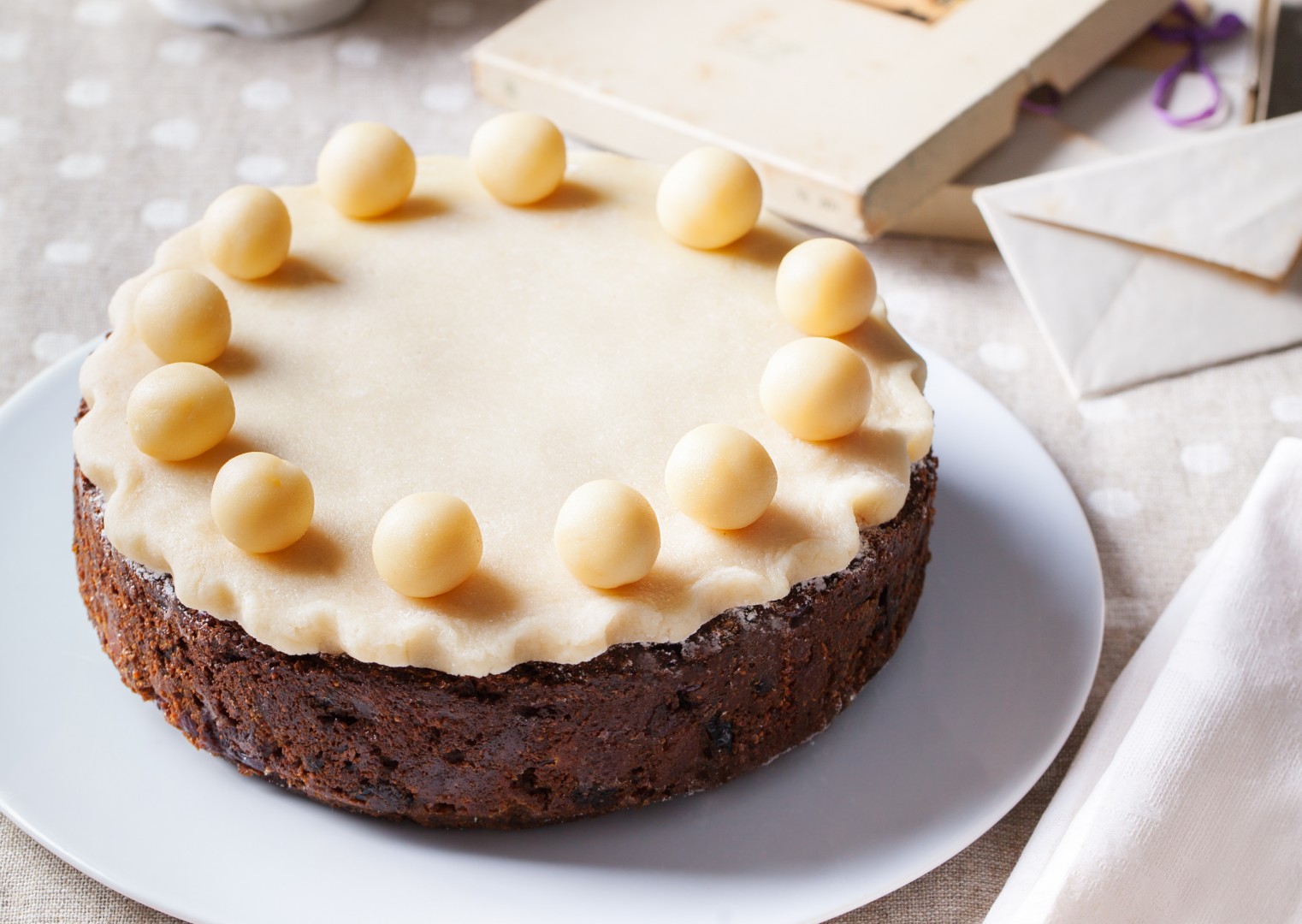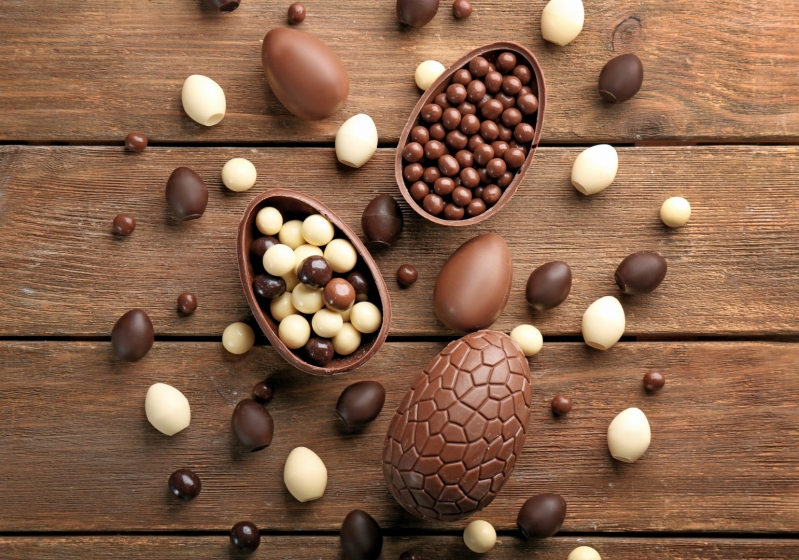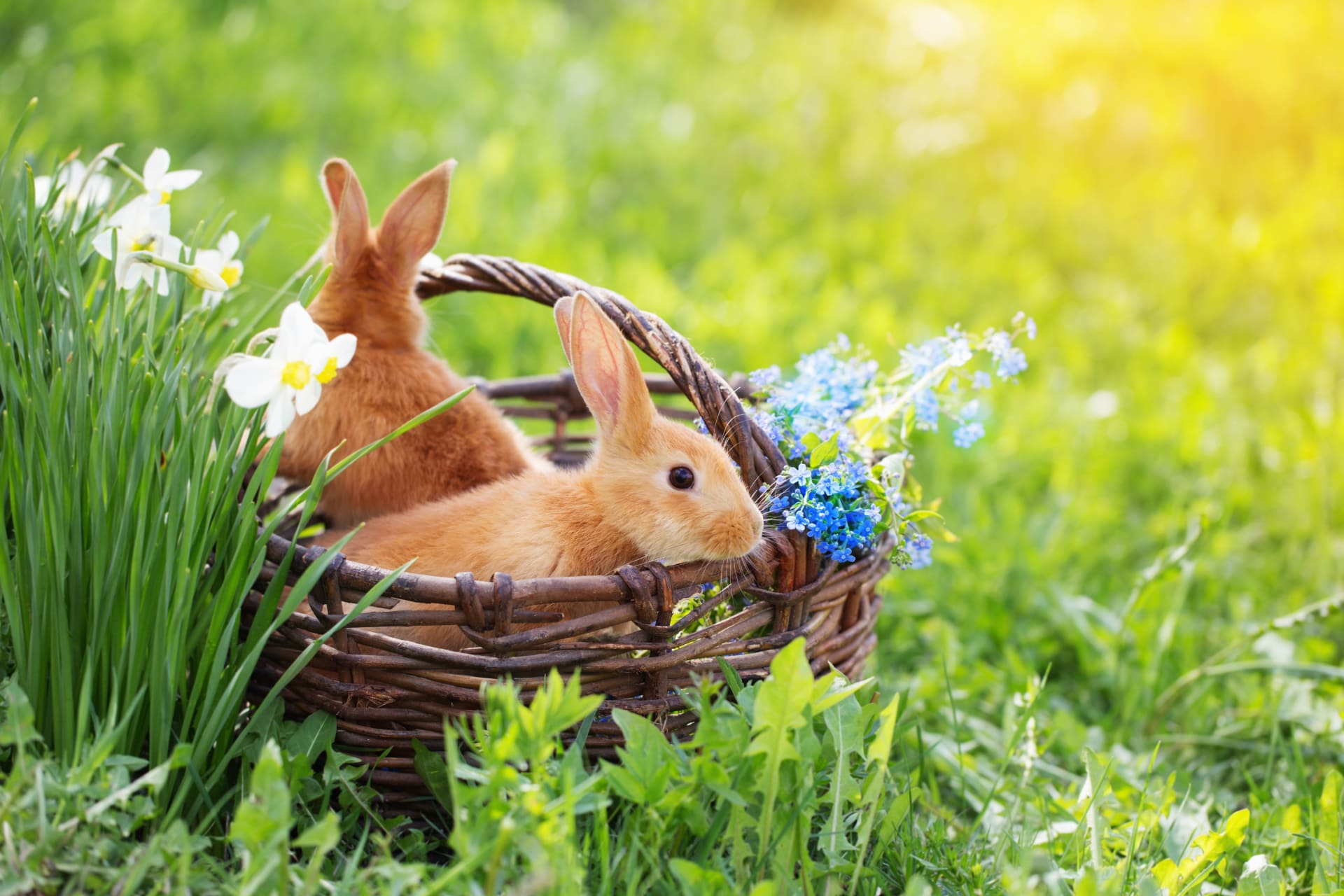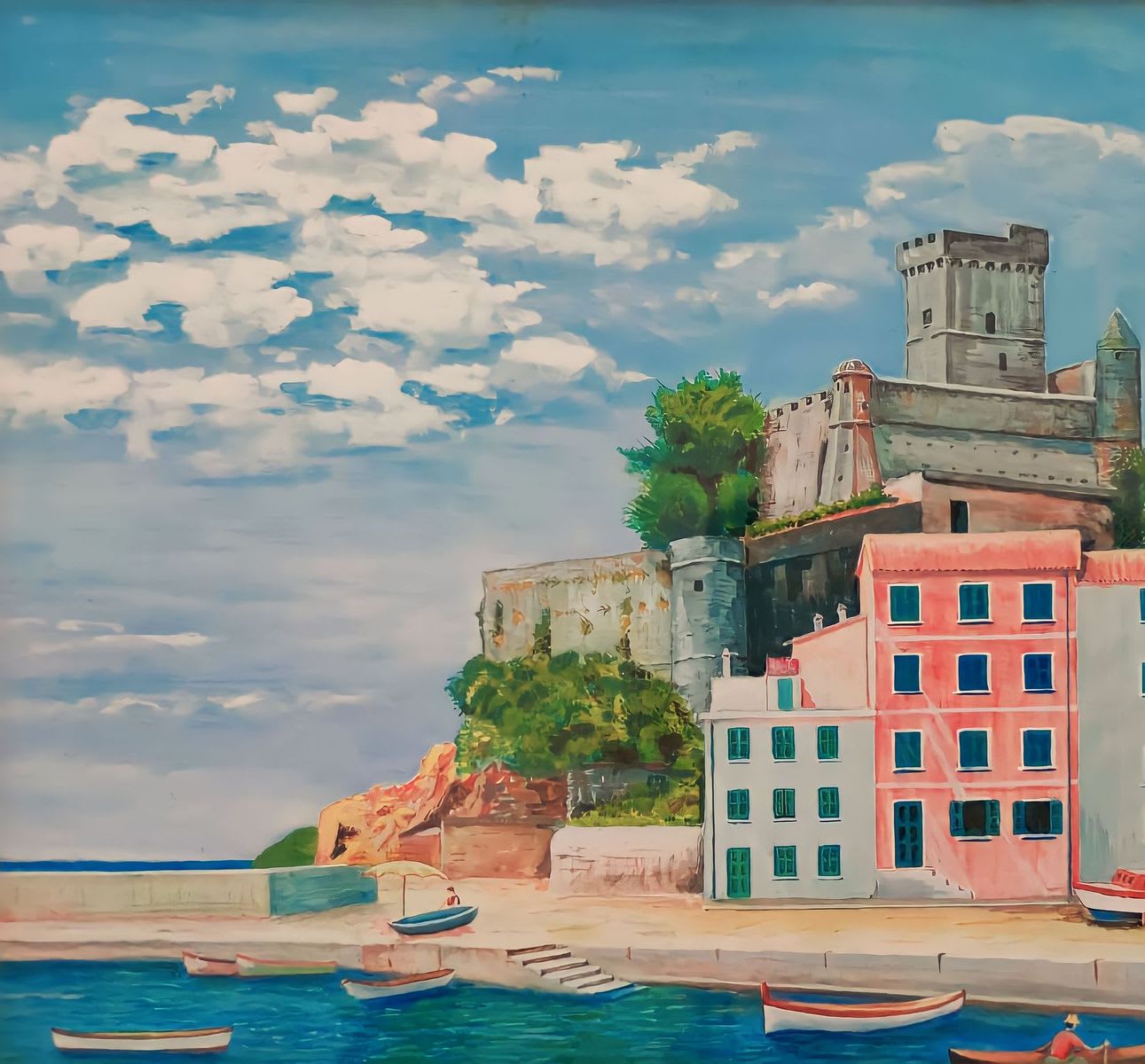Protestant reformer Martin Luther apparently introduced the Easter Egg Hunt. The women and children of his church were encouraged to find hidden eggs, in homage to the women who discovered the empty tomb of Jesus.
Simnel Cake was traditionally baked for Mothering Sunday; the fourth Sunday of Lent – not the same as Mother’s Day although the two have become conflated. A traditional cake would be fruit-based with a marzipan topping including 12 marzipan balls representing the Disciples. Its name comes from the Latin, simila, meaning the whitest, finest flour. Only the best for mum, please.

In keeping with the celebration of all the lovely newness Spring brings, Easter is traditionally the time to splash out on new clothes (there’s even a reference in Shakespeare when Romeo taunts Benvolio by saying “Did'st thou not fall out with a Tailor for wearing his new doublet?”. If new couldn’t be managed, clothes – including hats – could be repurposed with the addition of a floral decoration, hence the Easter Bonnet.
Hot Cross Buns are one of the more gruesome Easter traditions, you might have already clocked what the cross represents, but did you know the spices are meant to symbolise those used to embalm Jesus after his death.
The Easter bunny has pagan roots, rather than Christian. Both the rabbit and the basket of eggs are symbols of spring and rebirth. Also, eggs were banned during Lent (hence the need to use them up on Shrove Tuesday) so on Easter morning, even a non-chocolate egg would be considered a treat.
Early Christians dyed eggs red to represent the blood of Christ but now egg decorating has become something of a competitive sport. Anyone who has seen a child through primary school might have fond (or otherwise) memories of the scramble to produce an entry each year. And, of course, this can become fun for all ages.

Easter Sunday falls on 9 April this year. It’s a busy month for holidays: Anglo Saxons and pagans worship the Germanic goddess Eostre and the Spring Equinox, Jewish people observe Passover, Songkran in Thailand celebrates the Buddhist new year, and Eid Al Fitr marks the end of Ramadan.
Around the World
There’s a town in France who come together to make the world’s biggest omelette each Easter. More than 4,500 eggs are used to make lunch for over 1,000 residents who gather in the main square of Haux in the south-west.
In Papua New Guinea, Easter is the festival of tobacco, rather than chocolate. Cigs and tobacco sticks are used to decorate trees during the holiday and are subsequently handed out for ‘enjoyment’ to the congregation once the services have concluded.
Easter in Norway has become the time to settle down with a good whodunnit. TV schedules are dominated by thrillers, it’s the most popular time for detective novels to be published and even the milk cartons get in on the act, with short stories printed on the packaging during the season.








